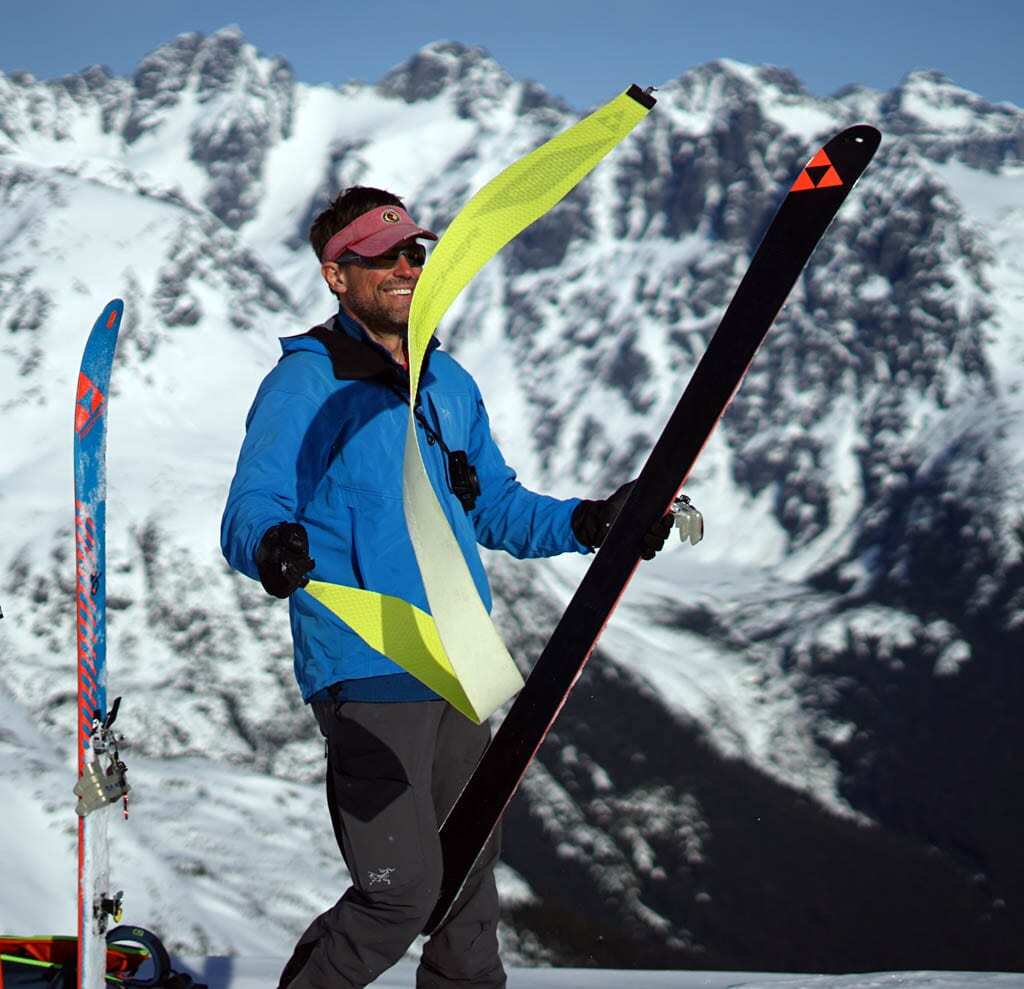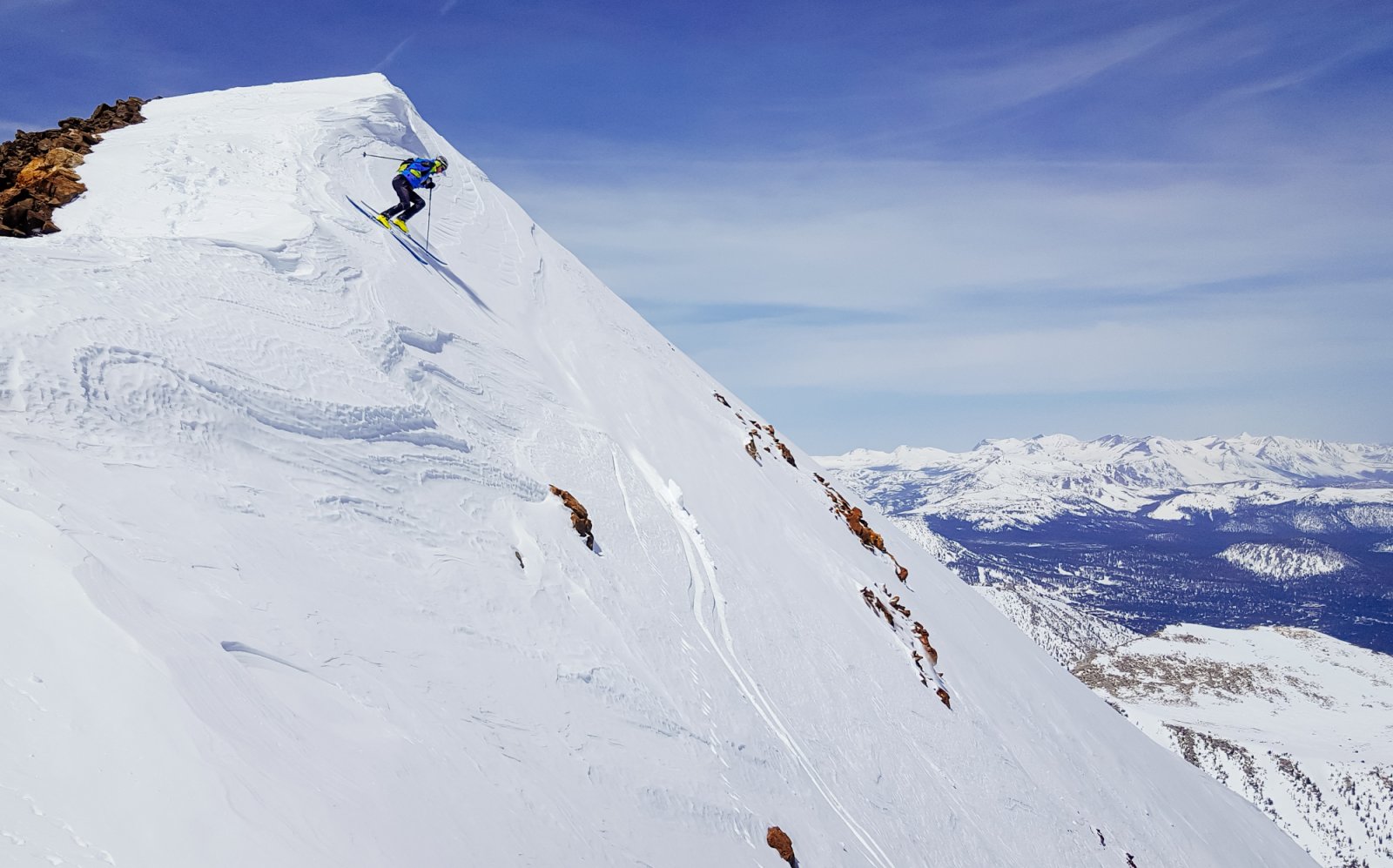I'm looking into trips for next spring, such as the Ortler Route in Italy (multi day touring with a focus on skiing off peaks) or a multi day ski touring / mountaineering trip in Alaska.
I'm an avid tourer in Front Range Colorado and ski Black Crows Atris Birdie 160 cm with Marker Alpinist bindings and Atomic Hawx Ultra XTD 115W. This set up has been perfect for Colorado touring, however, I realize I could go lighter for a multi day type trip and save a lot of energy. Most guiding companies recommend a ski waist widths below 95mm. This is "skinny" in my book and hard to accept as I tend to enjoy wide, playful skis with rocker that still have some backbone.
Has anyone done these kinds of trips and what is your advice on ski set up? I'm also open to lighter boots.
I'm currently considering Black Crows Camox Freebird 160cm, Elan Ripstick 94W, and Zag Ubac 95 Lady 158cm. I'm 5'1" so that somewhat limits skis I can consider and I'm focused on skis <160cm. I typically ski on lengths at least 160 cm or greater.
I fortunately don't need to make a decision on this soon, but wanted to see if I'm on the right track. Thanks!
I'm an avid tourer in Front Range Colorado and ski Black Crows Atris Birdie 160 cm with Marker Alpinist bindings and Atomic Hawx Ultra XTD 115W. This set up has been perfect for Colorado touring, however, I realize I could go lighter for a multi day type trip and save a lot of energy. Most guiding companies recommend a ski waist widths below 95mm. This is "skinny" in my book and hard to accept as I tend to enjoy wide, playful skis with rocker that still have some backbone.
Has anyone done these kinds of trips and what is your advice on ski set up? I'm also open to lighter boots.
I'm currently considering Black Crows Camox Freebird 160cm, Elan Ripstick 94W, and Zag Ubac 95 Lady 158cm. I'm 5'1" so that somewhat limits skis I can consider and I'm focused on skis <160cm. I typically ski on lengths at least 160 cm or greater.
I fortunately don't need to make a decision on this soon, but wanted to see if I'm on the right track. Thanks!


